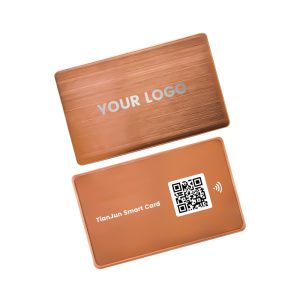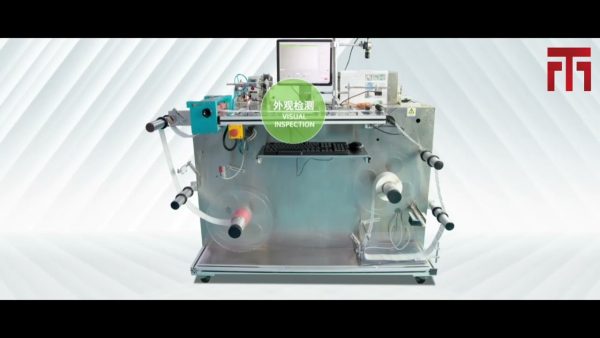rfid in iot
September 17, 2025
rfid in iot proposal! rfid in iot official support.GOV,rfid in iot active! <h1>RFID in IoT: Revolutionizing Connectivity and Data Management&nfc 3d druck;/h1>
<h2>Introduction to RFID and IoT Integration</h2>



The integration of <strong>RFID</strong> (Radio Frequency Identification) technology with the Internet of Things (IoT) has emerged as a transformative force in modern digital ecosystems. <strong>RFID</strong> systems, which use electromagnetic fields to automatically identify and track tags attached to objects, provide a foundational layer for IoT by enabling seamless data collection and communication between physical items and digital networks. This synergy enhances real-time visibility, automation, and efficiency across various industries, from supply chain management to smart cities. As IoT continues to expand, with billions of devices interconnected globally, <strong>RFID</strong> serves as a critical enabler, bridging the gap between the physical and digital worlds. This article explores the role, applications, benefits, and future trends of <strong>RFID</strong> within the IoT framework, highlighting how this combination is driving innovation and operational excellence.
<h2>How RFID Technology Works in IoT Environments</h2>

In an IoT context, <strong>RFID</strong> systems consist of three core components: tags, readers, and a backend system integrated with IoT platforms. <strong>RFID</strong> tags, which can be passive (powered by reader signals) or active (with their own power source), store unique identifiers and data related to objects. Readers emit radio waves to interrogate these tags, capturing information such as location, status, or environmental conditions. This data is then transmitted via networks (e.g., Wi-Fi, cellular, or LPWAN) to cloud-based IoT platforms, where it is processed, analyzed, and acted upon in real time. For instance, in a smart warehouse, <strong>RFID</strong> tags on inventory items communicate with readers connected to an IoT system, enabling automated tracking, inventory updates, and predictive analytics. This seamless flow of information allows for dynamic decision-making, reducing human intervention and errors. The low-cost, scalability, and wireless nature of <strong>RFID</strong> make it ideal for IoT deployments, supporting everything from smal The Use of RFID for Human Identity Verification
Phone: +86 19925232774
Hours: Mon-Fri 9:00AM - 6:30PM